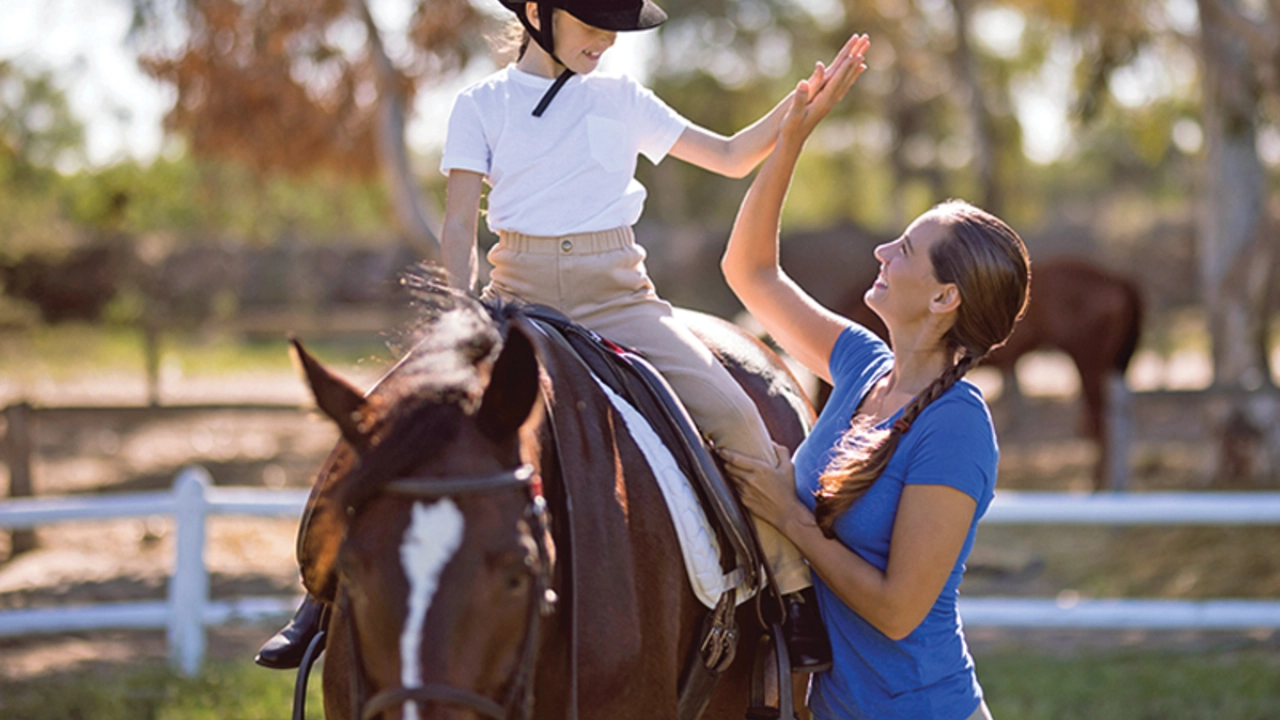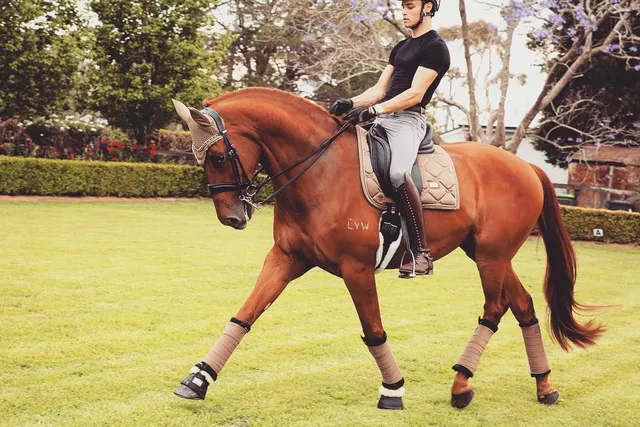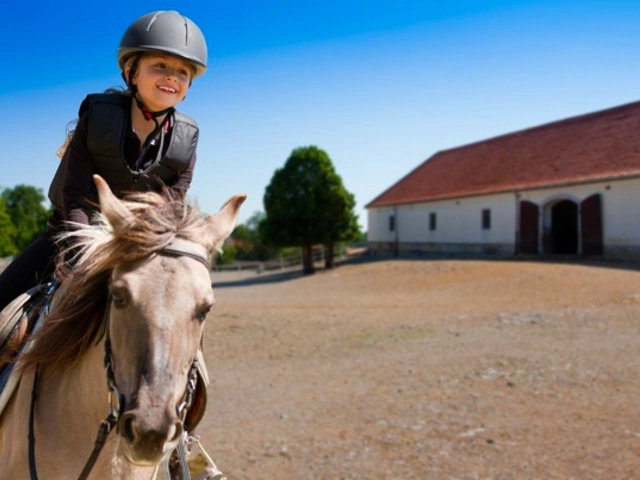Equestrian Training & Education: Real Tips for Every Rider
If you’re new to riding or looking to sharpen your skills, you need clear, practical advice – not vague theory. Below you’ll find straight‑forward steps to get the most out of your time at the stable, whether you have a mile‑long commute or a weekend schedule.
Start With the Basics: Safety and Foundations
The first thing any rider should do is master safety. Wear a certified helmet, check your stirrups, and learn the proper way to mount and dismount. Even a short warm‑up of walking the horse around the arena helps you feel the animal’s rhythm before you try a trot.
Next, focus on balance. Sit tall, keep your shoulders relaxed, and let your hips follow the horse’s movement. A simple drill – holding a light pole while riding a walk – trains core stability without overwhelming you.
Build Skills Fast: Structured Lessons and Practice
Many wonder if they can learn to ride in a week. The short answer: you can pick up basic control in seven days, but true confidence takes longer. A focused week of daily lessons might give you a solid foundation – you’ll learn to sit correctly, cue a walk, and stop on command. However, mastering a canter or jumping will need weeks or months of consistent work.
To accelerate progress, schedule lessons with a qualified instructor who uses a step‑by‑step plan. Each session should end with a clear “homework” assignment, like practicing half‑halts for ten minutes or doing a set of circle exercises. Consistency beats intensity; a 30‑minute practice each day beats a single three‑hour scramble.
Don’t forget to record your sessions. A quick video of a trot or a turn lets you spot posture errors you can’t feel while riding. Review the footage with your trainer to make adjustments before the next lesson.
When planning your training, mix riding with off‑horse work. Stretching, core workouts and light cardio improve balance and stamina, which translates straight to a steadier seat. Even a 10‑minute plank routine before you head to the barn can make a noticeable difference.
Equipment matters too. Use comfortable, well‑fitted boots and gloves. A poorly fitting saddle can cause discomfort and distract you from learning. If you’re unsure, ask a stable manager to check your gear before each ride.
Progress isn’t always linear. Some days you’ll feel in sync with the horse; other days you might be stiff or nervous. Accept those fluctuations – they’re part of the learning curve. Keep a small journal of what you did, what felt right, and what needs work. Over weeks, you’ll see patterns and can target weak spots.
Finally, stay connected with the riding community. Join a local club, attend a workshop, or follow a few trusted blogs. Hearing other riders’ stories – like the one who learned the basics in a week – gives you realistic expectations and keeps motivation high.
Equestrian training is a journey, not a sprint. By focusing on safety, practicing daily, using video feedback, and staying engaged with fellow riders, you’ll move from a shaky beginner to a confident horse lover faster than you think.



